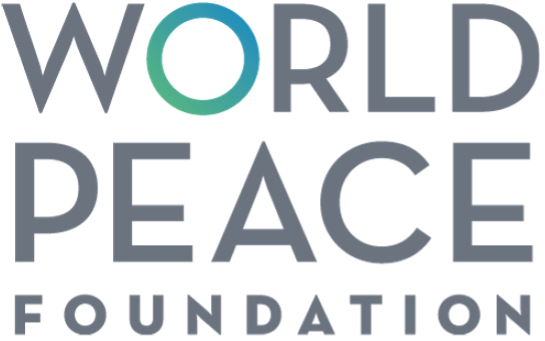Ukraine
Ukraine is party to the Wassenaar arrangement and has signed but not ratified the Arms Trade Treaty. Ukraine supplied more wars than other lower-tier exporters, and indeed was more likely to supply arms to countries that were at war. This may be a matter of Ukraine’s cheaper, lower-tech arms being more attractive to poorer buyers, but not those able and willing to spend more.
Explore the graphics below to see how the likelihood of arms sales increases or decreases with different factors.
What factors might affect arms exports from Ukraine?
War
Arms sales from Ukraine are:
- More frequent when the recipient is at war
Money
Arms sales from Ukraine are:
- More frequent as the military expenditure of the recipient increases 1
- More frequent as the total military acquisition of the recipient from all other suppliers increases
- Less frequent as the GDP (per-capita) of the recipient increases 2
Relationships
Arms sales from Ukraine are:
- More frequent if the recipient was a participant in the Iraq conflict
- More frequent if the recipient is already a recent customer 4
- Less frequent if the recipient is a member of NATO
Other
No significant difference was found between arms exports to different countries based on other miscellaneous metrics.
Conflicts
Direct conflict participation
Ukraine directly participated in the following conflicts:
Weapons supplies to conflict participants
Ukraine supplied Major Conventional Weapons to active participants in the following conflicts:
Top arms recipients
The greatest recipients of Major Conventional Weapons from Ukraine by value* between 1990 and 2018 are as follows:
*The SIPRI Trend Indicator Value (TIV) is a relative measure of arms transfer value, normalized for inflation and currency.
Full results
All metrics were investigated using regression analysis. The full results are reproduced here.
Footnotes
- 1Measured in constant 2018 millions of USD
- 2Both total GDP and GDP per-capita were analysed, with similar results. In each analysis whichever had higher significance is specified although the differences were minor.
- 3This metric is only applicable to supplier states whose export control regimes claim to involve any criteria related to human rights in the recipient country.
- 4Transfers above 5,000 TIV in the last five years. The SIPRI TIV unit is a measurement of the value of arms which is independent of currency and inflation.
